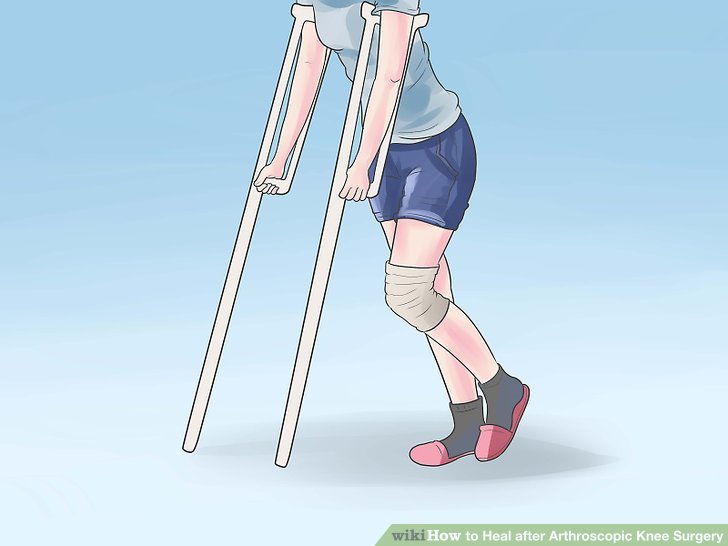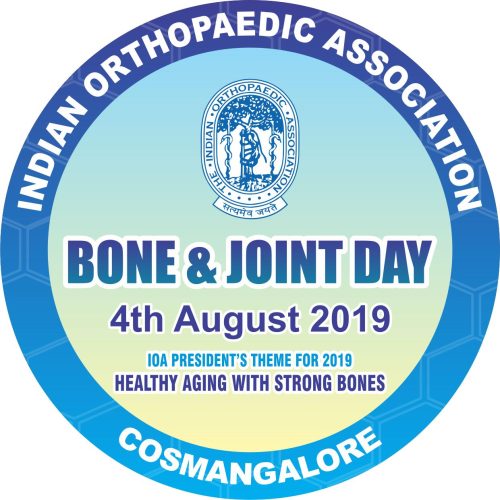Title: Recovery Timeline and Management of Postoperative Knee Pain following Arthroscopic Surgery
Introduction:
Arthroscopic surgery is a minimally invasive procedure commonly performed to diagnose and treat various knee conditions. While the goal of this surgery is to alleviate pain and improve joint function, it is normal to experience some discomfort during the recovery period. This article aims to provide insight into the expected duration of postoperative knee pain and strategies to effectively manage it.
Recovery Timeline:
The duration and severity of knee pain following arthroscopic surgery can vary depending on several factors, including the specific procedure performed and individual patient characteristics. Generally, patients can expect mild to moderate pain lasting for about 1 to 2 weeks post-surgery. During this initial phase, it is crucial to follow the prescribed pain medication regime and rest to allow adequate healing.
After the initial phase, pain gradually subsides, and patients may experience intermittent discomfort for up to 8 weeks. Engaging in light exercises and physical therapy, as recommended by the orthopedic surgeon, aids in increasing strength and range of motion while minimizing pain.
Management of Knee Pain:
To effectively manage postoperative knee pain, a multimodal approach is typically employed:
1. Medication: Prescription pain medications or nonsteroidal anti-inflammatory drugs (NSAIDs) are commonly used to alleviate pain during the initial healing period. It is important to follow the prescribed dosage and duration.
2. Ice therapy: Applying ice packs to the affected area for 15-20 minutes several times a day helps reduce inflammation and provides temporary pain relief.
3. Physical therapy: Engaging in gentle exercises and stretching routines under the guidance of a physical therapist helps strengthen the knee joint, increase mobility, and alleviate pain.
4. Rest and elevation: It is advisable to rest the affected leg and elevate it above the level of the heart to reduce swelling and pain. Avoiding weight-bearing activities during the initial healing period is essential.
5. Compression: Wearing a compression bandage or using elastic wraps may help reduce swelling and provide support to the knee.
Conclusion:
The duration of knee pain following arthroscopic surgery typically ranges from 1 to 8 weeks, depending on individual circumstances. Adhering to the recommended pain management strategies, including medication, ice therapy, physical therapy, rest, elevation, and compression, can aid in quicker recovery and relieve postoperative discomfort. It is essential to consult with the orthopedic surgeon regularly to ensure appropriate rehabilitation progress and address any concerns during the healing process.
How much walking should you do after arthroscopic knee surgery?
Your orthopaedic surgeon or physical therapist may recommend that you exercise for approximately 20 to 30 minutes, 2 or 3 times a day. They may suggest some of the exercises shown below. They may also advise you to engage in a walking program.
How much pain is normal after knee arthroscopy?
Pain is quite common, most often in the area where you had pain before surgery, in the soft tissues below the knee cap, over the athroscopy wounds and occasionally the whole knee. The pain settles usually within two to three weeks, but may take upwards of six weeks. Swelling in the whole knee up to six weeks.
Why does my knee still hurt after a scope?
Tissue And Nerve Damage However, it’s still possible that the nerves and tissues behind your knee might take damage during the procedure due to unforeseeable circumstances. If you experience anything unusual in your knee, calf, or foot after arthroscopic knee surgery, it’s best to consult your doctor.
How long does pain last after knee scope?
The pain settles usually within two to three weeks, but may take upwards of six weeks. Swelling in the whole knee up to six weeks.
Does a pinched nerve feel better when lying down?
For many people with sciatica, for instance, pain can lessen when leaning forward from a sitting position, or when lying completely flat on your back. However, if you lie on your side, it often gets worse (which is why it can be so hard to sleep with a pinched nerve in your back).

Will a trapped nerve release itself?
Sometimes, a pinched nerve can indeed resolve on its own. Minor pinched nerves can often be alleviated with rest, avoiding overuse, and modifying activities that may irritate the nerve. Over time, the inflammation and pressure causing the pinched nerve may lessen, allowing the symptoms to gradually disappear.
How do you tell if a pinched nerve is getting better?
You may be able to tell that a pinched nerve is healing if your nerve pain gradually improves. Other signs that a pinched nerve is healing include: Restored sensation in the affected area. Greater strength in the affected area.

How do you release a trapped nerve?
– Extra sleep and rest. Sleep is essential for a healing nerve. …
– Change of posture. A pinched nerve may be caused by or made worse by poor posture. …
– Ergonomic workstation. …
– Pain relieving medications. …
– Stretching and yoga. …
– Massage or physical therapy. …
– Splint. …
– Elevate the legs.
Does sitting make a pinched nerve worse?
A pinched nerve may be caused by or made worse by poor posture. Sitting or standing with an incorrect posture for extended periods puts unnecessary stress on the body, which may damage the spine and muscles, leading to a pinched nerve.


